Back in 1967 Chevrolet thought it might be a good idea to promote its then-new Camaro in some road racing competition. The Sports Car Club of America had a little known but promising series they called the Trans-Am. It was for ‘sedans,’ SCCA said, but all it took to make a ‘sedan’ out of a two door coupe were some vestigial back seats and a little rear seat headroom. There were two classes, for two- and five-liter production-based sedans. Privately entered Mustangs, Darts, Falcons and Barracudas showed their competitiveness in the five-liter class in the Trans-Am’s first year. It was a natural and cost-effective way to get the new Camaro some racing exposure and free publicity, so Chevrolet created Regular Production Option Z28. In 1967 the Z28 package [the RPO number had no punctuation but during 1968 Chevrolet designed and began installing the punctuated ‘Z/28’ emblem on the front fenders] was little known. Most were bought by racers but the performance of the Z/28 in the 1967 Trans-Am in the hands of drivers like Mark Donohue and Ed Leslie brought it to the attention of everyone. It was a case of 'right place-right time-right people.' Chevy provided the basic building blocks in the Z/28 and the Camaro’s long list of other options. Mark Donohue, Roger Penske and a few other talented racers took advantage of it and beat the factory-backed Ford, Plymouth and Mercury teams to capture hard-won and uniquely exciting Trans-Am championships. RPO Z28 was based on a 302.5 cubic inch version of the Chevy smallblock, essentially a 4” bore 327 block with a 3” stroke crankshaft out of the earlier 283 smallblock. It was fitted with free-breathing cylinder heads, an aluminum intake manifold breathing through a frog-swallowing 750 cfm Holley four-barrel carb. Chevy called it 290 horsepower, which was ridiculously pessimistic. In 1969 factory-delivered Z/28s were arriving at dealers’ showrooms with 350 or more horsepower coming out of their highly-developed, high rpm 302 V8s. RPO Z28 also included quick ratio steering, 7” wide 15” wheels with E70 profile tires and a performance suspension that made the ride of the optional F41 performance suspension package seem like a limousine. RPO Z28 also required other performance options like power disc brakes. For the truly committed, Chevy also offered a dealer-installed dual four-barrel cross-ram intake manifold that contributed 50 horsepower or more to a prepared Z/28 engine. The cross-ram had little torque but had more high rpm horsepower than the stables at Churchill Downs during Derby week. The RPO continued to evolve in later years and by 1969 over 20,000 Camaros with Z/28 badges on their fenders were built. Once again in 1969 the racing in the Trans-Am was intense and, once again, the Camaro Z/28 won the manufacturers’ championship. 1969 was the final year for the first generation Camaro and it was a highly developed model with a virtually endless options list allowing owners to specify exactly what they wanted, from a mild, modest, comfortable commuter to a thundering, ground-pounding Big Block straight-line rocket. For many buyers the Z/28 was the ultimate Camaro. It was fast, not only in a straight line but also around corners. It drove like a real sports car, not only on account of its high-revving smallblock but also because it came only with a 4-speed and decent brakes. A few enthusiasts noticed one option that really contributed to the Z/28’s road performance. It was called JL8 and it put a set of Corvette disc brakes on all four corners of the Z/28, completing the Camaro’s transition from pony to stallion. Chevy said 206 people ponied up the $500.50 for the JL8 option but it has been discovered subsequently that only something like fifty-six (yes, 56) Camaros were actually delivered with JL8 four-wheel disc brakes from new. The few cars equipped with them that have survived are the most desirable of the 1969 Camaro Z/28s built. Inserted on the options list to make 4-wheel disc brakes e
Back in 1967 Chevrolet thought it might be a good idea to promote its then-new Camaro in some road racing competition. The Sports Car Club of America had a little known but promising series they called the Trans-Am. It was for ‘sedans,’ SCCA said, but all it took to make a ‘sedan’ out of a two door coupe were some vestigial back seats and a little rear seat headroom. There were two classes, for two- and five-liter production-based sedans. Privately entered Mustangs, Darts, Falcons and Barracudas showed their competitiveness in the five-liter class in the Trans-Am’s first year. It was a natural and cost-effective way to get the new Camaro some racing exposure and free publicity, so Chevrolet created Regular Production Option Z28. In 1967 the Z28 package [the RPO number had no punctuation but during 1968 Chevrolet designed and began installing the punctuated ‘Z/28’ emblem on the front fenders] was little known. Most were bought by racers but the performance of the Z/28 in the 1967 Trans-Am in the hands of drivers like Mark Donohue and Ed Leslie brought it to the attention of everyone. It was a case of 'right place-right time-right people.' Chevy provided the basic building blocks in the Z/28 and the Camaro’s long list of other options. Mark Donohue, Roger Penske and a few other talented racers took advantage of it and beat the factory-backed Ford, Plymouth and Mercury teams to capture hard-won and uniquely exciting Trans-Am championships. RPO Z28 was based on a 302.5 cubic inch version of the Chevy smallblock, essentially a 4” bore 327 block with a 3” stroke crankshaft out of the earlier 283 smallblock. It was fitted with free-breathing cylinder heads, an aluminum intake manifold breathing through a frog-swallowing 750 cfm Holley four-barrel carb. Chevy called it 290 horsepower, which was ridiculously pessimistic. In 1969 factory-delivered Z/28s were arriving at dealers’ showrooms with 350 or more horsepower coming out of their highly-developed, high rpm 302 V8s. RPO Z28 also included quick ratio steering, 7” wide 15” wheels with E70 profile tires and a performance suspension that made the ride of the optional F41 performance suspension package seem like a limousine. RPO Z28 also required other performance options like power disc brakes. For the truly committed, Chevy also offered a dealer-installed dual four-barrel cross-ram intake manifold that contributed 50 horsepower or more to a prepared Z/28 engine. The cross-ram had little torque but had more high rpm horsepower than the stables at Churchill Downs during Derby week. The RPO continued to evolve in later years and by 1969 over 20,000 Camaros with Z/28 badges on their fenders were built. Once again in 1969 the racing in the Trans-Am was intense and, once again, the Camaro Z/28 won the manufacturers’ championship. 1969 was the final year for the first generation Camaro and it was a highly developed model with a virtually endless options list allowing owners to specify exactly what they wanted, from a mild, modest, comfortable commuter to a thundering, ground-pounding Big Block straight-line rocket. For many buyers the Z/28 was the ultimate Camaro. It was fast, not only in a straight line but also around corners. It drove like a real sports car, not only on account of its high-revving smallblock but also because it came only with a 4-speed and decent brakes. A few enthusiasts noticed one option that really contributed to the Z/28’s road performance. It was called JL8 and it put a set of Corvette disc brakes on all four corners of the Z/28, completing the Camaro’s transition from pony to stallion. Chevy said 206 people ponied up the $500.50 for the JL8 option but it has been discovered subsequently that only something like fifty-six (yes, 56) Camaros were actually delivered with JL8 four-wheel disc brakes from new. The few cars equipped with them that have survived are the most desirable of the 1969 Camaro Z/28s built. Inserted on the options list to make 4-wheel disc brakes e

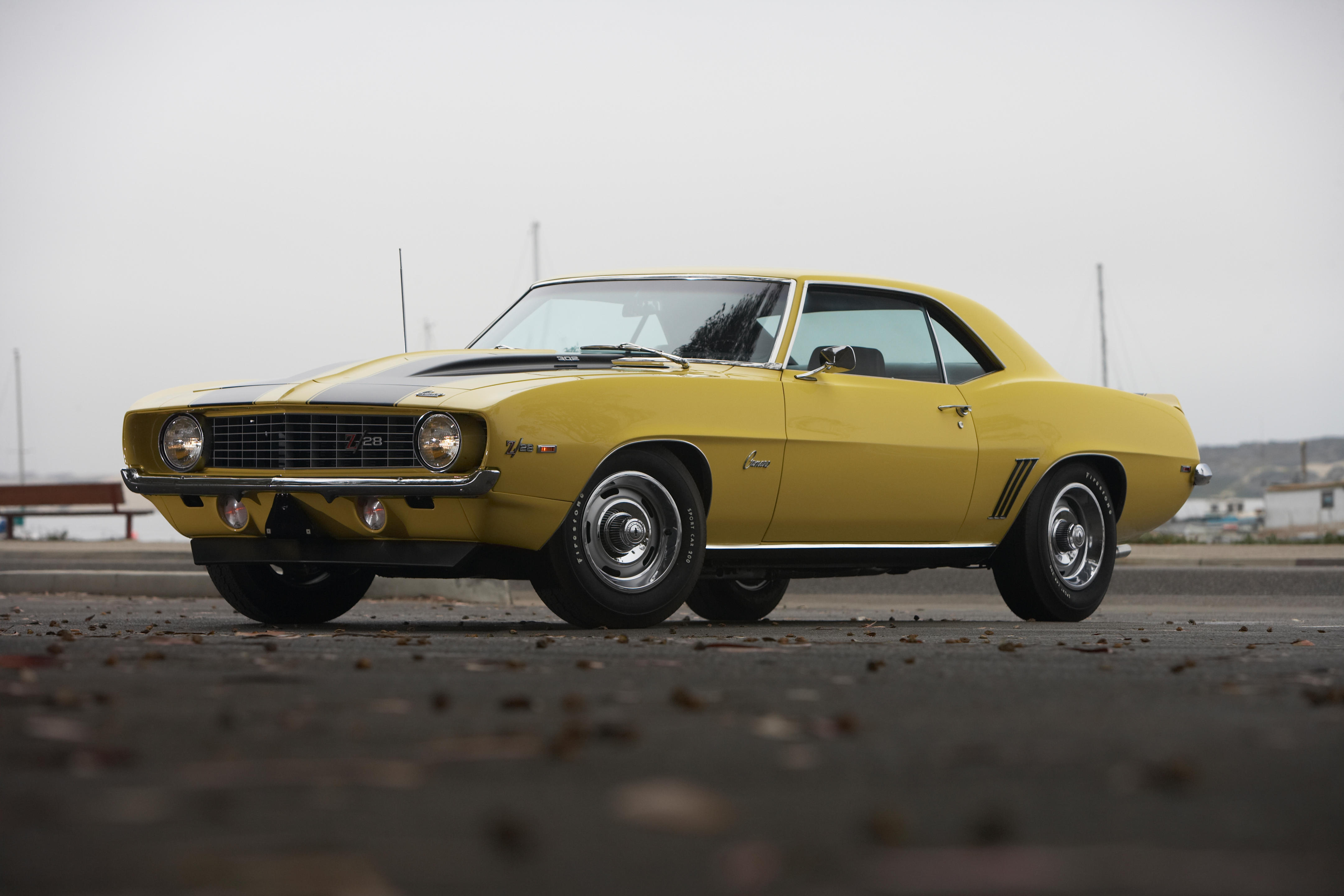

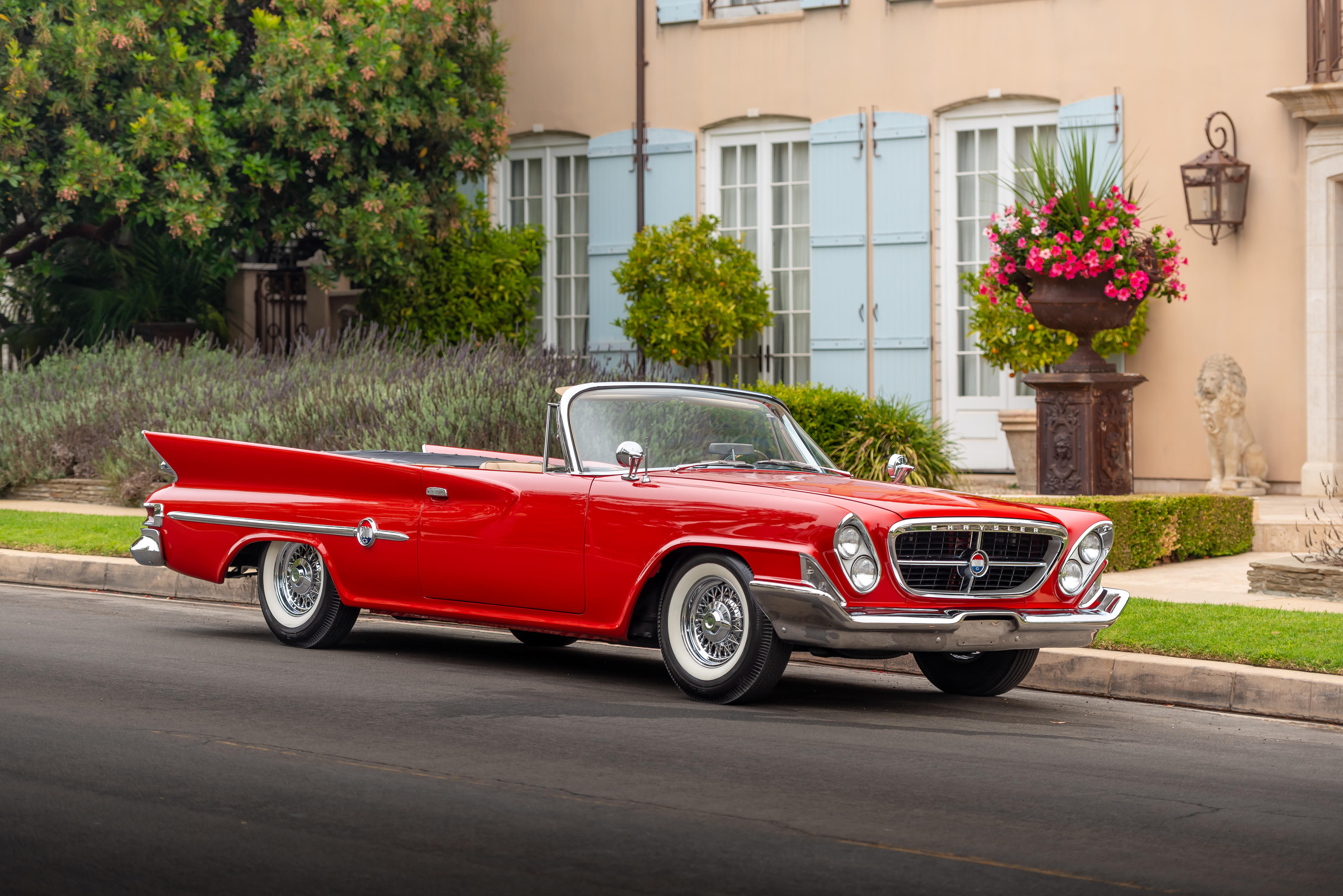
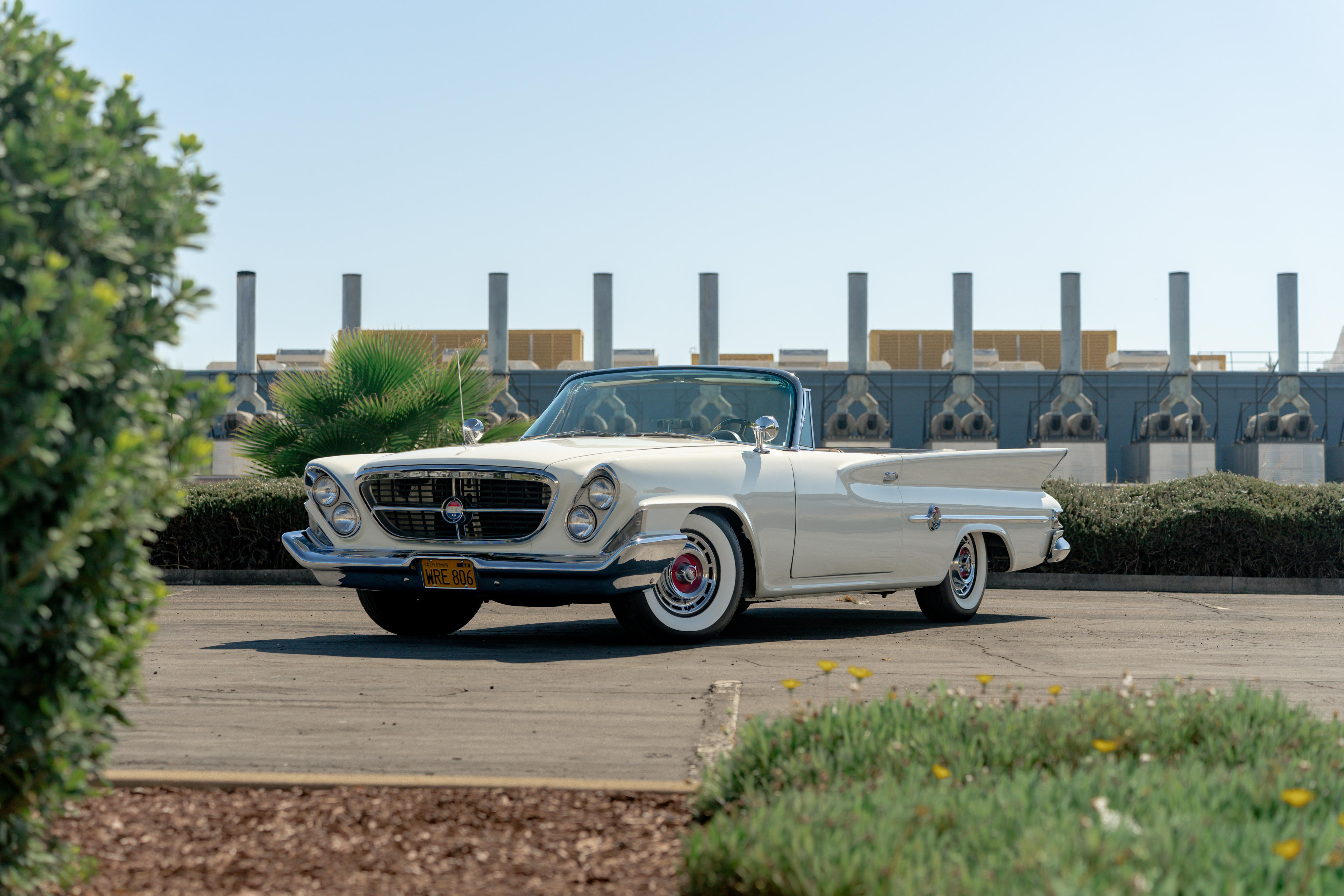

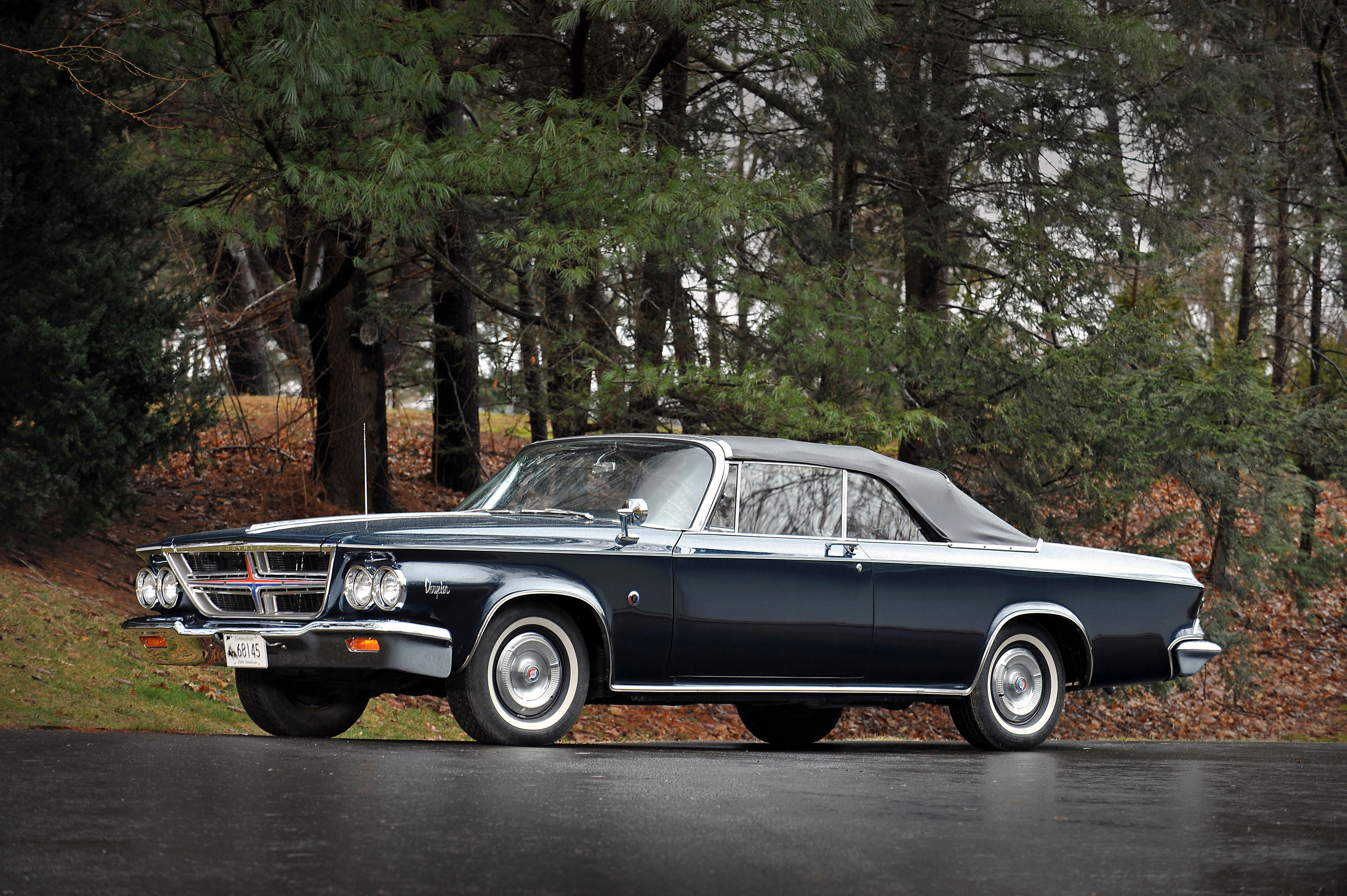
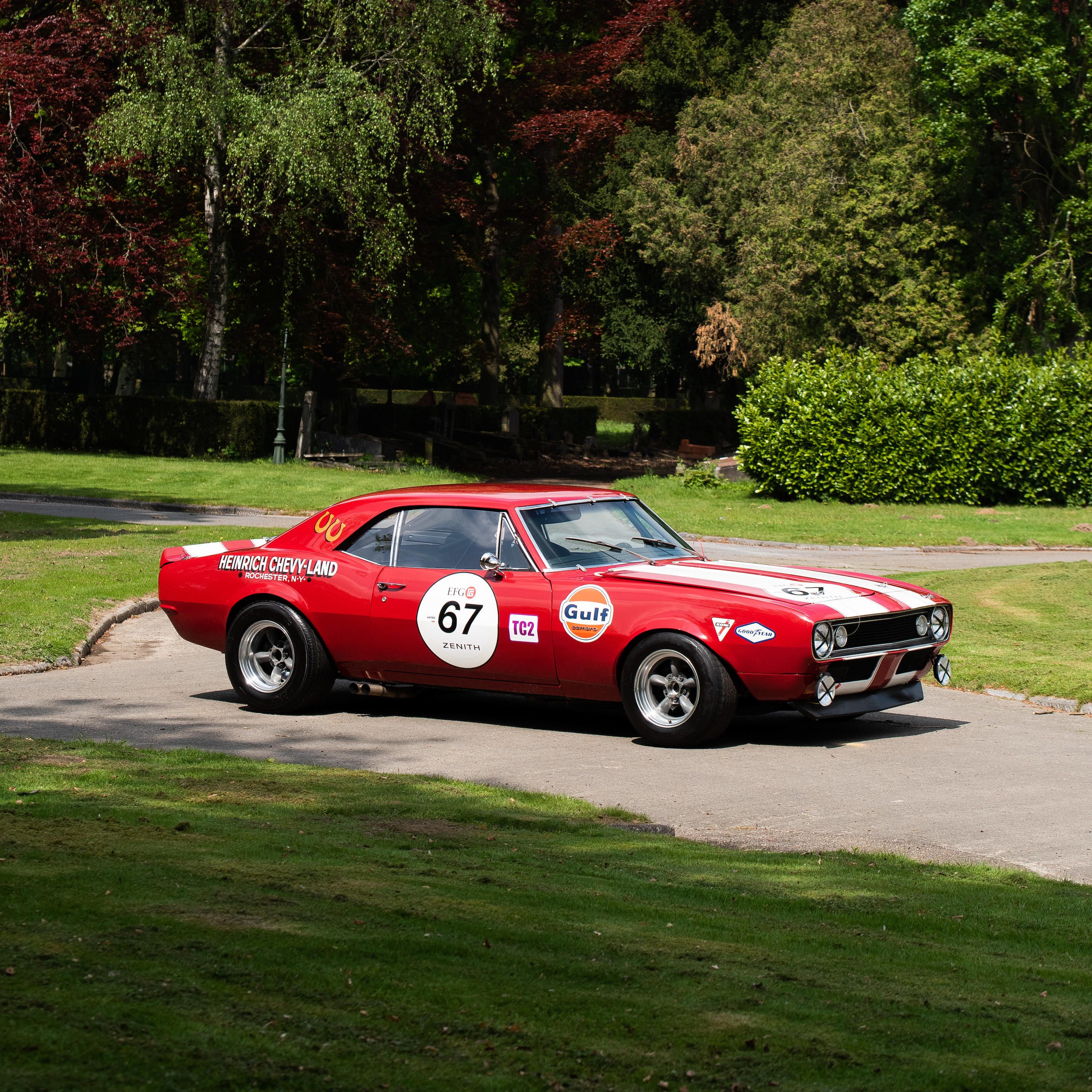
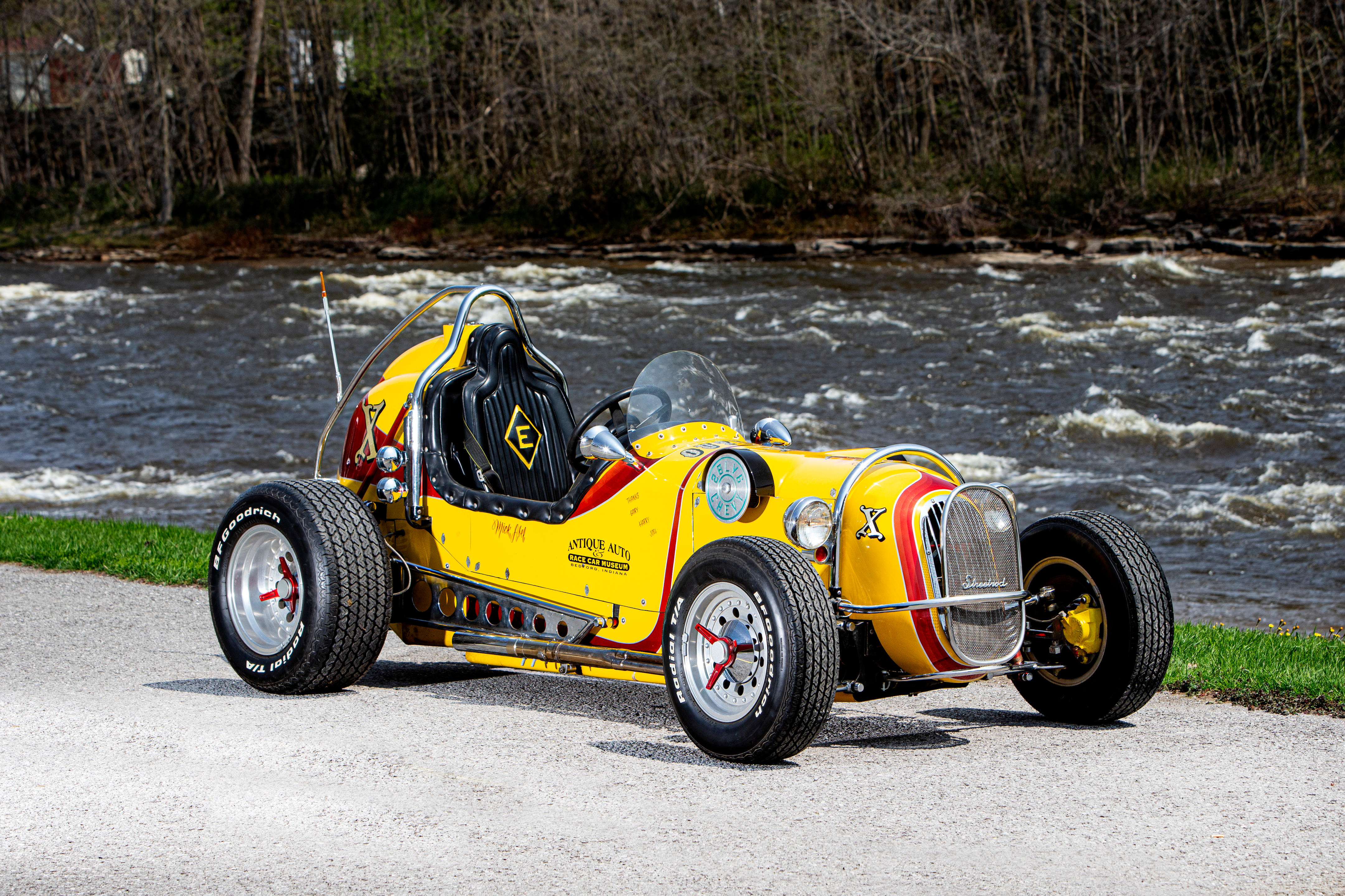
Testen Sie LotSearch und seine Premium-Features 7 Tage - ohne Kosten!
Lassen Sie sich automatisch über neue Objekte in kommenden Auktionen benachrichtigen.
Suchauftrag anlegen